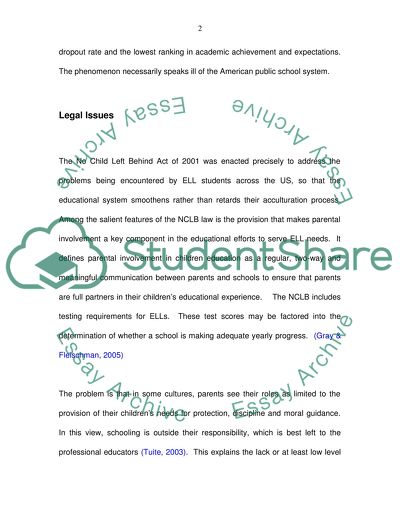Cite this document
(“English Language Learning Essay Example | Topics and Well Written Essays - 2500 words”, n.d.)
Retrieved from https://studentshare.org/miscellaneous/1501088-english-language-learning
Retrieved from https://studentshare.org/miscellaneous/1501088-english-language-learning
(English Language Learning Essay Example | Topics and Well Written Essays - 2500 Words)
https://studentshare.org/miscellaneous/1501088-english-language-learning.
https://studentshare.org/miscellaneous/1501088-english-language-learning.
“English Language Learning Essay Example | Topics and Well Written Essays - 2500 Words”, n.d. https://studentshare.org/miscellaneous/1501088-english-language-learning.


